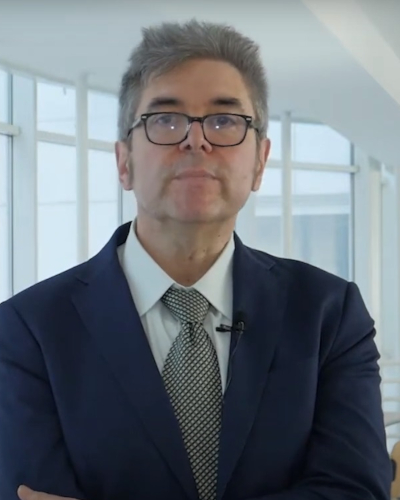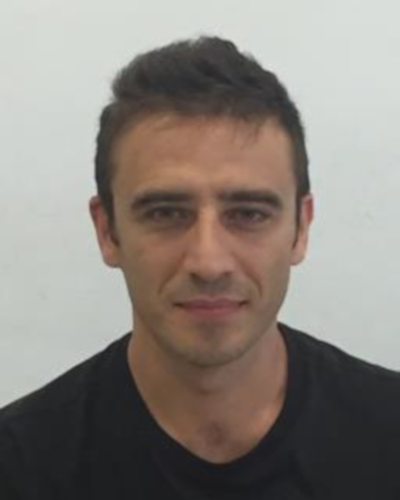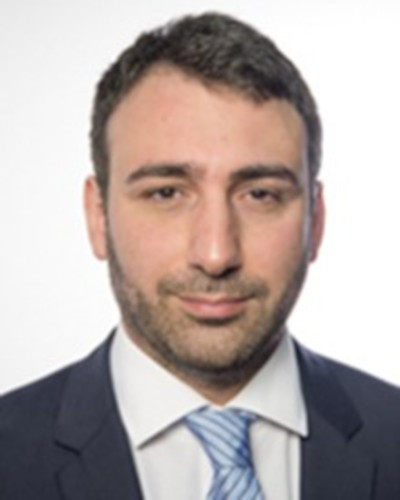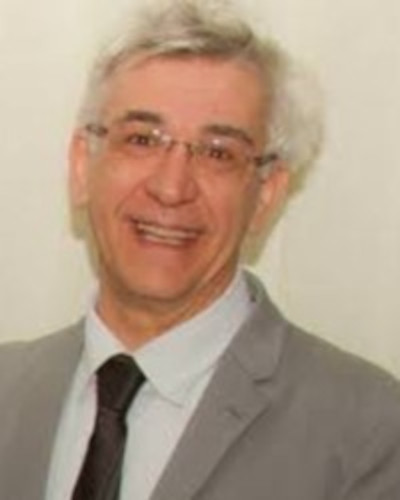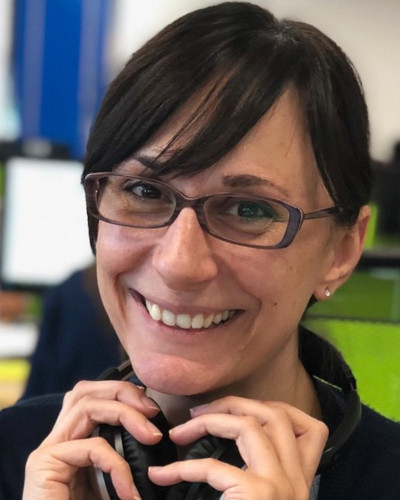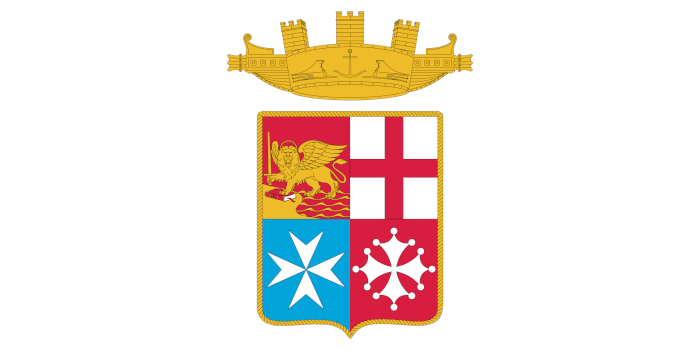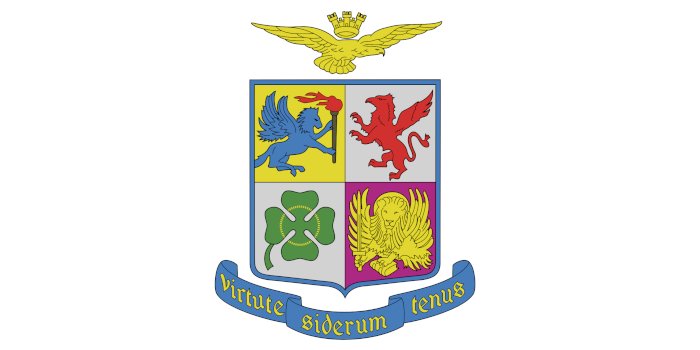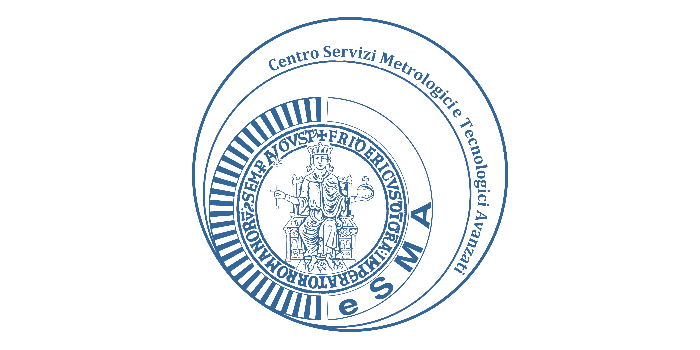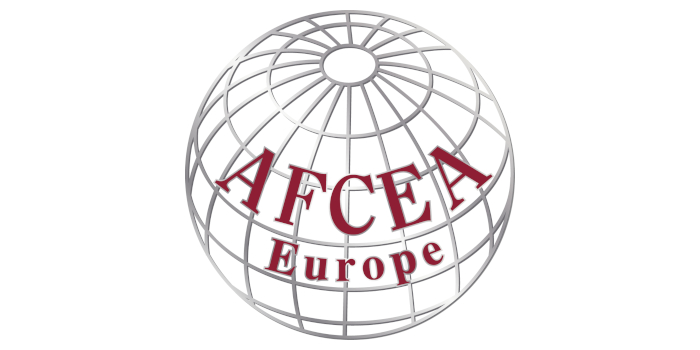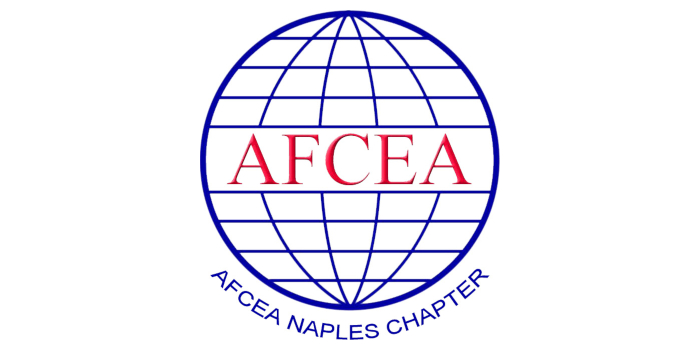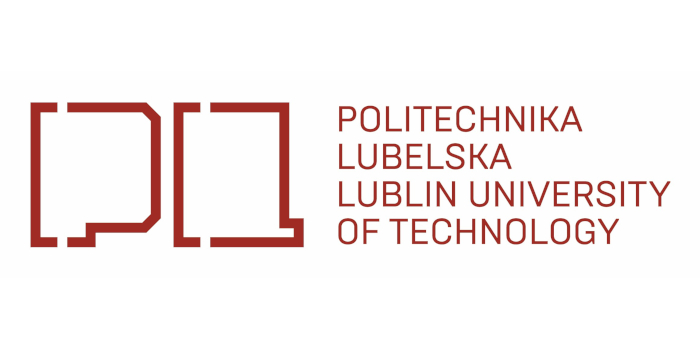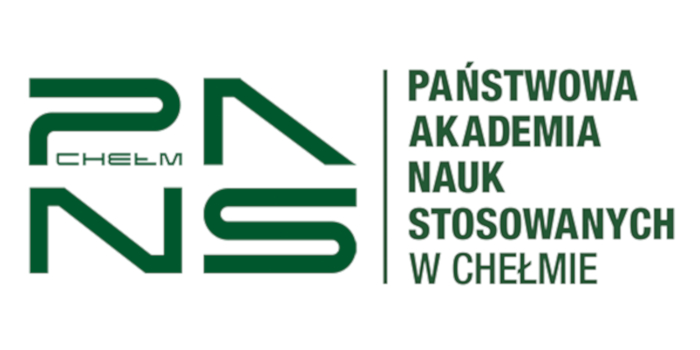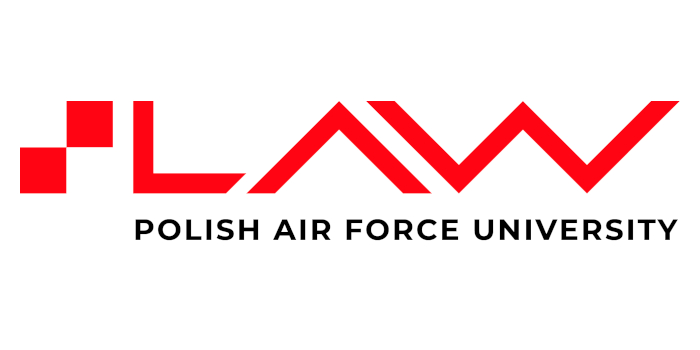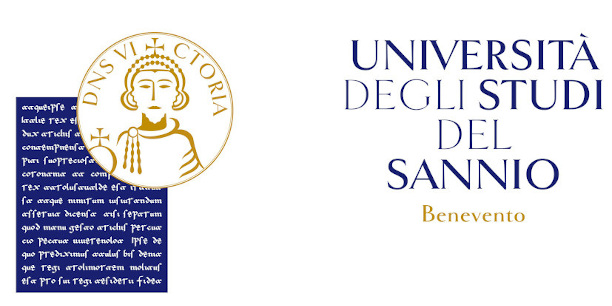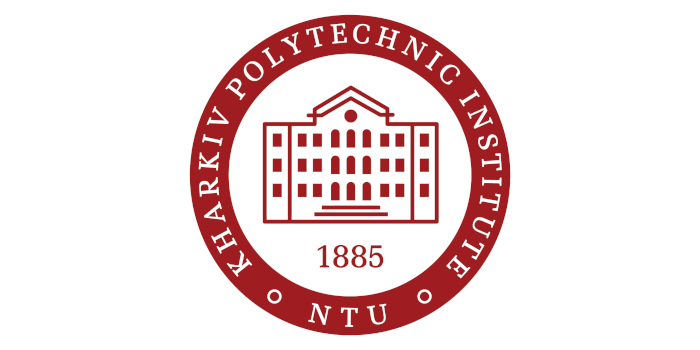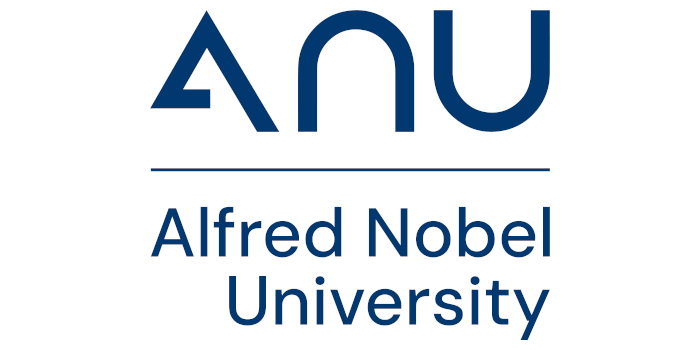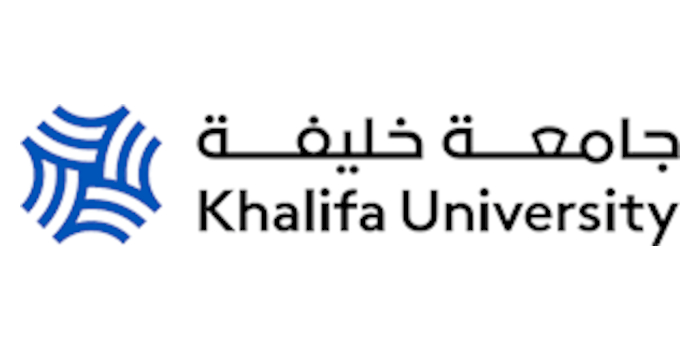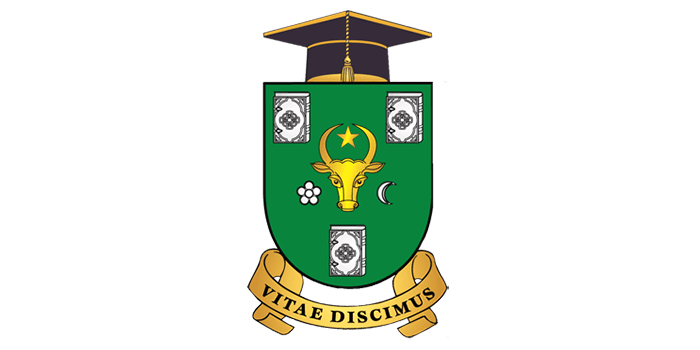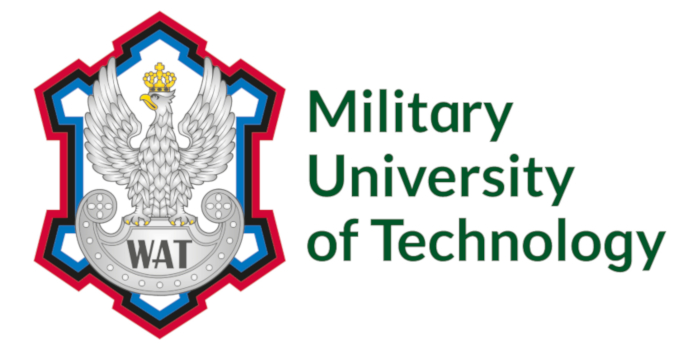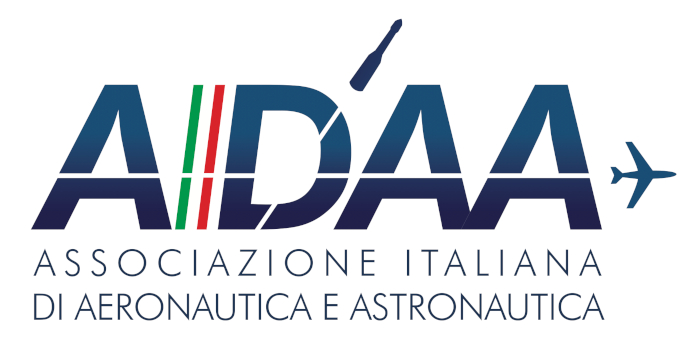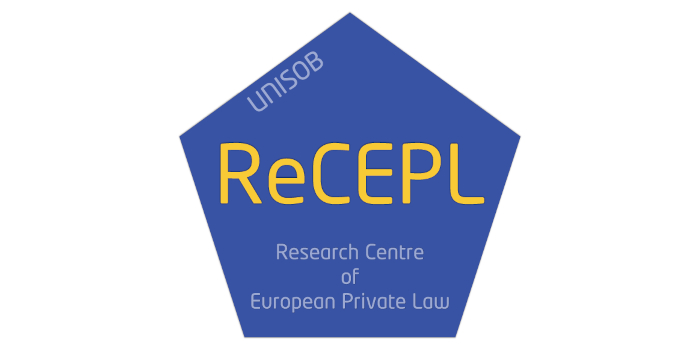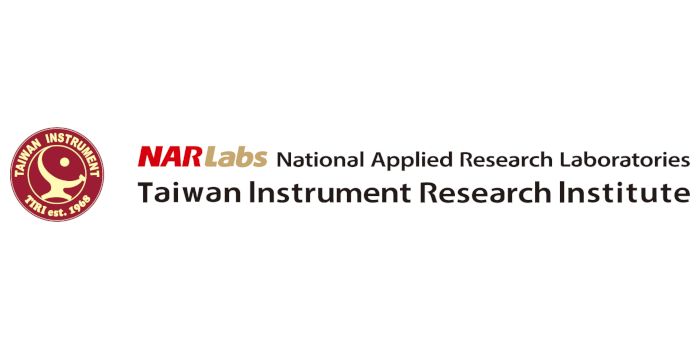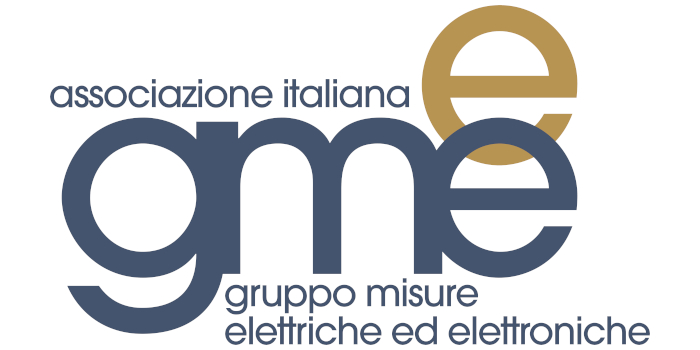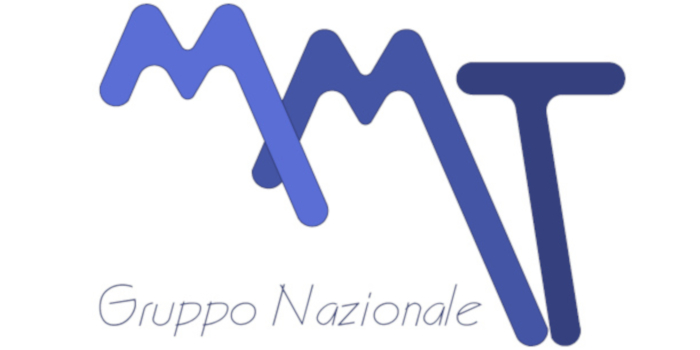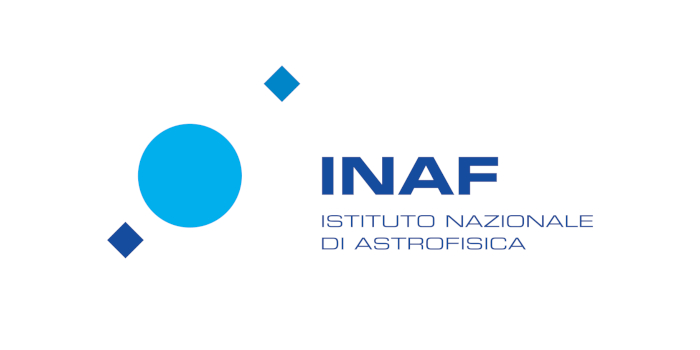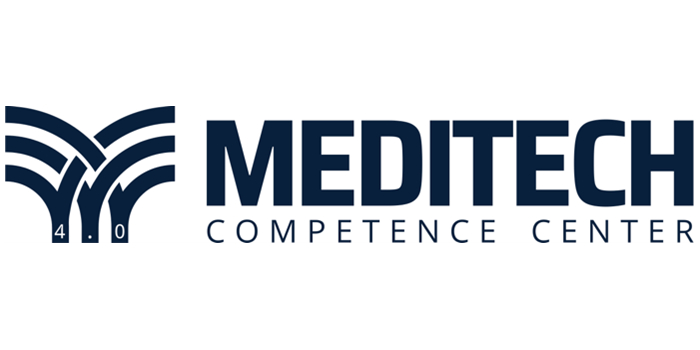SPECIAL SESSION #18
Metrology in Earth observation from aerospace
ORGANIZED BY
Claudio Parente
University of Naples "Parthenope", Italy
Andrea Vallario
University of Naples "Parthenope", Italy
Pasquale Maglione
University of Naples "Parthenope", Italy
Gino Dardanelli
University of Palermo, Italy
Francesca Guastaferro
Almaviva Digitaltec, Naples, Italy
ABSTRACT
Earth observation techniques from aerospace are fundamental to collect data concerning physical, chemical, and biological systems of our planet. Acquired via remote sensing instruments, these data allow to monitor and assess the status of and changes in natural and built environments. In fact, appropriately processed using tools present in Geographic Information System (GIS), those data facilitate the construction of spatial and temporal models that are useful for many purposes, including environmental analysis, geo-hazard mapping, activity planning, and sustainable zone management.
Sensors for Earth observation often take measurements of reflected or emitted energy over some portion of the electromagnetic spectrum (e.g., UV, visible, infrared, or microwave); those measurements can help to distinguish and classify the observed objects.
In this session, we will focus on all types of Earth observation techniques from aerospace, generally used to investigate and monitor the four subsystems of our planet: geosphere, hydrosphere, atmosphere and biosphere. The focus is on different levels of operation: platforms that carry the data acquisition systems, on-board sensors for data acquisition, data processing, Earth observation missions. GNSS (Global Navigation Satellite System) becomes a very useful support for different applications, e.g. for navigation in aerospace and data georeferencing. As is well known, the Multi Global Navigation Satellite System (MGNSS) has made major advances in Earth observation and applications in recent decades. With the rapid planning development of the Chinese BeiDou satellite navigation system (BDS) and the future development of the Korean GNSS (KPS) constellation in 2035, five global navigation satellite systems will be available worldwide, in addition to Galileo, GLONASS and GPS.
In consideration of international scenarios, research papers and professional applications concerning technical aspects related to sensors on aircraft, drone and satellite for acquiring data with high temporal and geometric resolution and the use of MultiGNSS positioning systems are welcome.
This session aims to collect contributes coming from experts of several areas (geomatics, remote sensing, photogrammetry, mapping, GIS, data processing, oceanographic and coastal modelling, ecology, …) and concerning both methodological subjects and concrete applications for topics related to Earth surface investigation and monitoring. The attention will be focused on land, air, water and biological data acquisition and processing, with particular attention for GIS applications, thematic map production, 3D model construction, feature detection, water quality, air quality, impacts of climate changes and catastrophic events, natural ecosystems and human settlements. The experience of research centers and the recent developments in the field of measurement systems and techniques applicable for remote sensing from aerospace, will be particularly valuable for the aims of this session.
TOPICS
Here are some examples of accepted topics:
- Remote sensing platforms;
- light-detection and ranging (LiDAR) systems;
- synthetic aperture radar (SAR) systems;
- multi-spectral and hyper-spectral scanners;
- unmanned survey systems and their applications;
- GNSS integration for navigation purpose;
- GNSS tropospheric and ionospheric modelling;
- performance evaluation of GNSS navigation and positioning;
- GNSS-supported unmanned aircraft vehicles (UAV) for agricolture;
- Environmental Remote Sensing by GNSS reflectometry (GNSS-R);
- multispectral and hyperspectral image processing;
- feature detection techniques;
- urban heat islands;
- data fusion techniques;
- machine learning in image analysis;
- 3D model construction and representation;
- thematic map production;
- integration of GIS data and remotely sensed data;
- recent developments in the field of measurement systems and techniques;
- ecosystem analysis and habitat mapping.
ABOUT THE ORGANIZERS
Claudio Parente, is full Professor of Geomatics, vice-director of the Department of Science and Technology, Coordinator of the Master degree Course "Science and Technology of Navigation", responsible of the Laboratory of Geomatics, Remote sensing and GIS, at University of Naples "Parthenope". He has a degree in Civil Engineering from University of Naples "Federico II", a Post Graduate Master degree in "Sciences and Engineering of the sea" and PhD in "Geodetic and Topographic Sciences" from Naval University of Naples. His research activities concern different aspects of Geomatics, including Remote Sensing, GIS, Cartography, Digital Terrain Model, hydrographic and land survey. He is the author or co-author of more than 120 publications at national or international level; his works are present in important scientific database, such as SCOPUS (78 articles) and WoS (34 articles).
Andrea Vallario, is Assistant Professor in the field of Geomatics at University of Naples "Parthenope", Department of Science and Technology. He has a Bachelor degree in "Computer science", a Master degree in "Applied Computer Science" and PhD in "Geomatics, Navigation and Geodesy" from University of Naples "Parthenope". His research activities concern different aspects of Geomatics and include Remote Sensing, GIS, image processing, data fusion, 3D surveying and modelling. Since 2022 he has been organizer of a special session on Geomatics within IEEE International Workshop on Metrology for the sea. He is the co-author of papers published in national and international scientific journals or included in the proceedings of national and international conferences and workshops.
Pasquale Maglione, collaborates on research and teaching activities in the field of Geomatics at University of Naples "Parthenope", Department of Science and Technology, Laboratory of Geomatics, Remote sensing and GIS. He has a Master degree in "Environmental Sciences" and PhD in "Geodetic and Topographic Sciences" from University of Naples "Parthenope". His research activities concern different aspects of Geomatics, including Remote Sensing, image processing and data fusion (pan-sharpening), GIS, Geodesy and Cartography. He is the author or co-author of several papers published in international scientific journals or included in the proceedings of national and international conferences.
Gino Dardanelli, is an Associate Professor in Geomatics, at the Department of Engineering, University of Palermo, where he graduated in Civil Transport Engineering in 2000. He obtained his PhD in 2006 in Geodetic and Topographical Sciences at the University of Naples Parthenope. His research activity is focused on the following topics: GNSS systems for networks of permanent stations, integration between GPS-Glonass-Galileo-Beidou, Open Source WebGis, structural monitoring with GPS and traditional techniques, topographic and laser scanning survey techniques, high-resolution satellite images, development of MMS systems, cadastral mapping applications, time series analysis of geodetic data. He has produced more than 120 publications, some of which he presented at national and international seminars and congresses. Editorial Board: Geographia Technica, Survey Review, ISPRS International Journal of Geo-Information MDPI, Civil Engineering Journal (C.E.J), Journal of Environmental & Earth Sciences, Remote Sensing MDPI.
Francesca Guastaferro, is a GIS and Remote Sensing expert, currently employed at the Naples Company, Almaviva Digitaltec in Location Intelligence Group. She has a Master degree in Environmental Science from the University of Naples "Parthenope" and a PhD in "Geodetic and Topographic Sciences" from the University of Naples "Parthenope". Her research activities concern different aspects of Geomatics, including Remote Sensing, image processing and feature extraction, GIS and Cartography. Since 2020 she has been a Contract Professor of "Remote Sensing" teaching at the University of Naples "Parthenope". She is the co-author of papers published in national and international scientific journals or included in the proceedings of national and international conferences and workshops.


